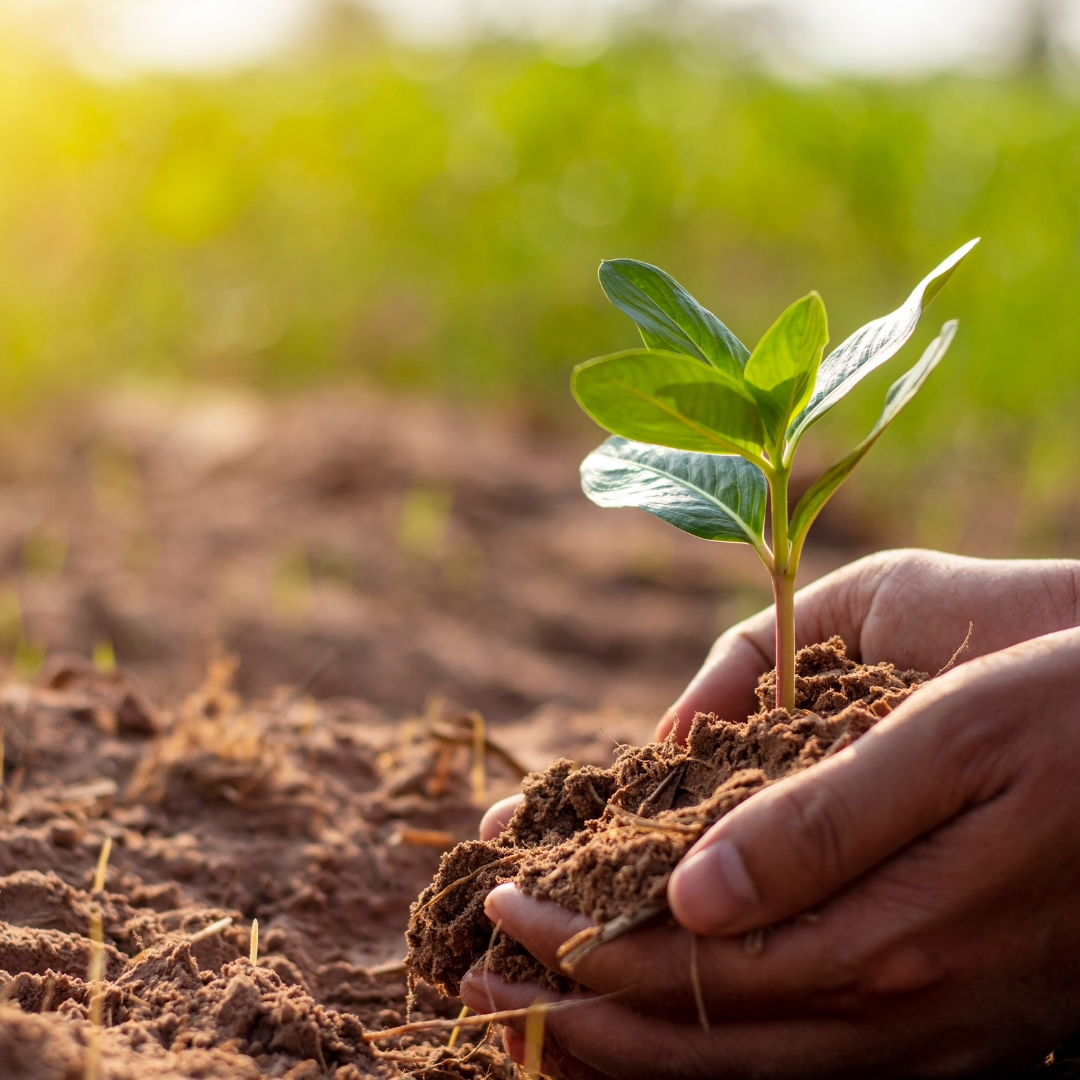Commercial properties in Florida face unique landscaping challenges due to the state’s intense sun, high humidity, and unpredictable rainfall. Traditional landscaping methods often struggle under these conditions, leading to stressed plants, soil erosion, and high maintenance costs. The solution lies in designing heat-resistant gardens that not only survive but thrive in Florida’s climate. Here are practical Florida landscaping ideas for commercial spaces looking to combine aesthetics with resilience.
Understanding Heat-Resistant Landscaping
Heat-resistant landscaping focuses on selecting plants, materials, and designs that can withstand extreme temperatures without compromising visual appeal. In commercial properties, this approach reduces maintenance costs, water consumption, and plant replacement, making it both environmentally and economically sustainable.
Choosing Native and Drought-Tolerant Plants
The foundation of a heat-resistant garden is the plant selection. Native Florida plants are naturally adapted to the local climate, requiring less irrigation and care. Examples include:
-
Muhly Grass (Muhlenbergia capillaris): Known for its pink-purple blooms, it adds texture and color while tolerating heat and poor soil conditions.
-
Coontie (Zamia integrifolia): A low-maintenance groundcover ideal for erosion control and shady spots.
-
Saw Palmetto (Serenoa repens): Perfect for structure and height variation, resilient to heat and drought.
-
Firebush (Hamelia patens): Vibrant red-orange flowers attract pollinators while enduring high temperatures.
Drought-tolerant species not only survive dry periods but also conserve water, which is crucial for commercial properties aiming to reduce utility costs.
Incorporating Hardscaping Elements
Hardscaping isn’t just decorative—it’s functional for heat management. Materials like permeable pavers, gravel, and stone create pathways and seating areas while reducing soil exposure and heat stress on plants. Incorporating shade structures, pergolas, or strategically placed benches provides relief from the sun for pedestrians and employees.
Using Mulch and Ground Cover Strategically
Mulch and ground cover help retain soil moisture, moderate temperature fluctuations, and reduce weed growth. Organic mulches like pine bark or hardwood chips are ideal for commercial landscapes because they improve soil health over time. Gravel or decomposed granite can be used in high-traffic areas to maintain a clean, heat-resistant surface that complements the overall design.
Smart Irrigation for Heat-Resistant Gardens
Water management is critical in Florida’s heat. Efficient irrigation systems such as drip irrigation and smart controllers ensure that plants receive consistent moisture without overwatering. Drip irrigation delivers water directly to plant roots, minimizing evaporation and promoting deep root growth. Smart irrigation systems can adjust watering schedules based on rainfall, temperature, and soil moisture, reducing water waste and maintaining a healthy landscape year-round.
Designing with Shade and Wind Breaks
Strategically placing shade trees, shrubs, and windbreaks can reduce heat stress on plants and improve energy efficiency in adjacent buildings. Trees like Live Oak or Southern Magnolia provide broad canopy coverage, while taller shrubs act as natural wind barriers. For commercial properties, these features also create inviting outdoor spaces for employees and visitors.
Incorporating Color and Texture
Heat-resistant landscapes don’t have to look monotonous. Combining various foliage textures, flower colors, and plant heights adds depth and visual interest. Consider ornamental grasses alongside native flowering shrubs, or use colorful succulents and cacti in high-heat areas. This approach not only enhances aesthetics but also promotes biodiversity, attracting pollinators and beneficial insects.
Sustainable Practices for Long-Term Success
Sustainable landscaping practices are increasingly important for commercial properties. Implementing rainwater harvesting, using reclaimed soil amendments, and selecting low-maintenance plants reduce environmental impact while improving the resilience of the landscape. Native plants and heat-tolerant species also require fewer chemical inputs, promoting healthier soil and surrounding ecosystems.
Maintenance Considerations
Even with heat-resistant design, regular maintenance is essential. This includes seasonal pruning, mulching, and irrigation system checks. For commercial properties, outsourcing maintenance to professional landscaping companies ensures consistency, expert care, and adherence to local regulations, saving time and reducing long-term costs.
Creative Florida landscaping for commercial properties is about blending resilience, aesthetics, and sustainability. By prioritizing native and drought-tolerant plants, incorporating functional hardscaping, optimizing irrigation, and using sustainable practices, commercial landscapes can withstand Florida’s heat while remaining visually appealing. These strategies not only reduce maintenance costs and water usage but also create attractive, functional spaces for employees, clients, and visitors.
